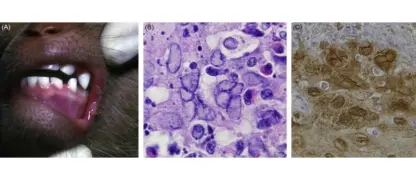Pityriasis Rosea is a common skin condition causing a distinctive rash. Understanding its symptoms, causes, and treatment options helps manage the condition effectively and ease discomfort.
What are the main causes of Pityriasis Rosea?
- Pityriasis Rosea often develops due to a viral infection, most commonly linked to human herpesvirus 6 or 7.
- Some cases may result from a weakened immune system, making the body more susceptible to viral triggers.
- Environmental factors, stress, or sudden changes in temperature can sometimes trigger flare-ups of the condition.
Key symptoms of Pityriasis Rosea to watch for
- A single large, oval patch called a “herald patch” usually appears first on the chest or back, often mildly itchy.
- Smaller patches follow, forming a characteristic Christmas tree pattern across the torso and upper arms.
- Mild fatigue, low-grade fever, or general discomfort may accompany the rash in some cases.
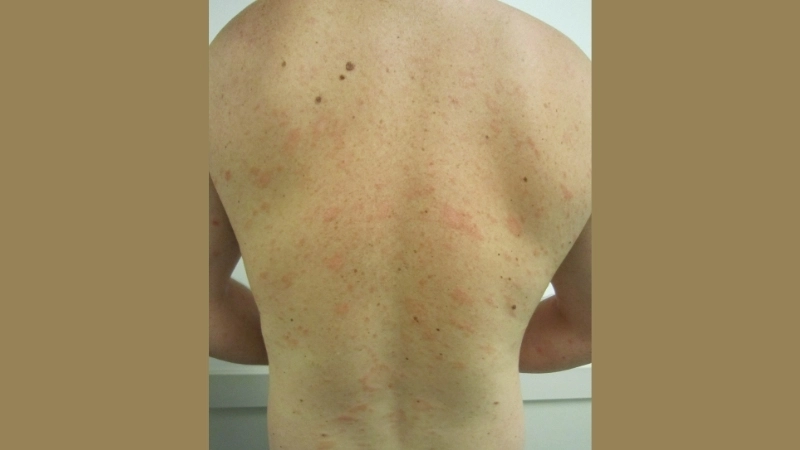
>>>Refer to this immediately: Understanding adult t-cell leukemia/lymphoma causes
How can you prevent Pityriasis Rosea effectively?
- Maintain good hygiene and avoid sharing personal items to reduce the risk of viral infections.
- Strengthen the immune system through a balanced diet, regular exercise, and sufficient sleep.
- Manage stress levels effectively, as stress can trigger or worsen flare-ups of Pityriasis Rosea.
>>>Refer to this immediately: Understanding liver cancer (hepatocellular carcinoma) risks
Image description of Pityriasis Rosea
Pityriasis Rosea is a mild, self-limiting skin condition marked by oval, pinkish patches on the torso. It usually resolves within several weeks without medical intervention.
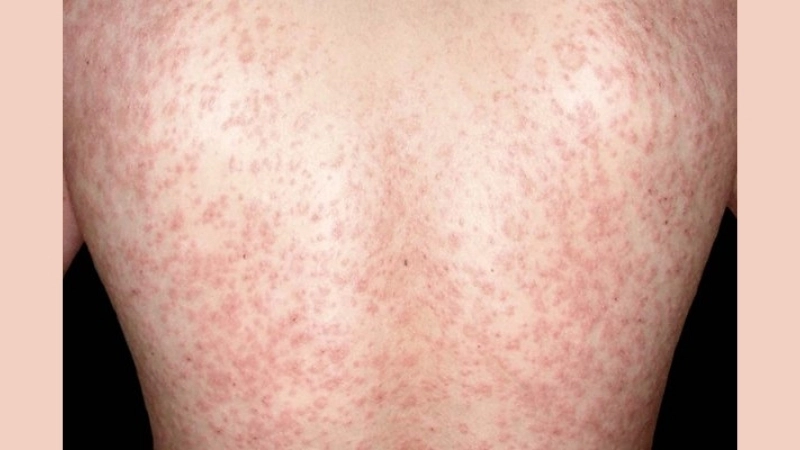

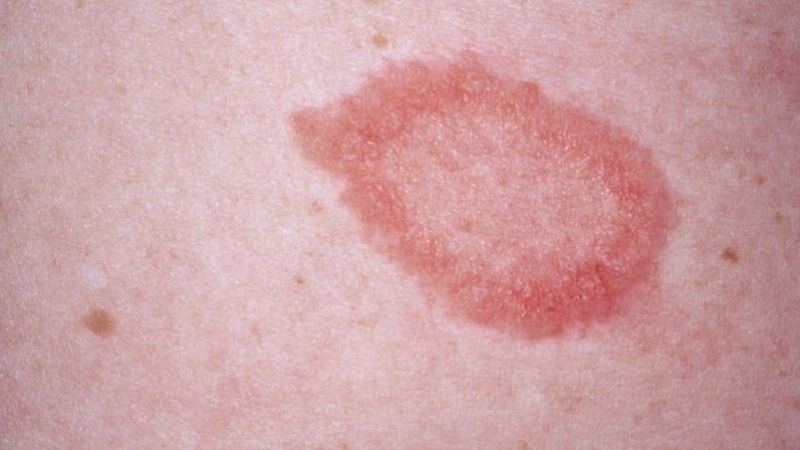

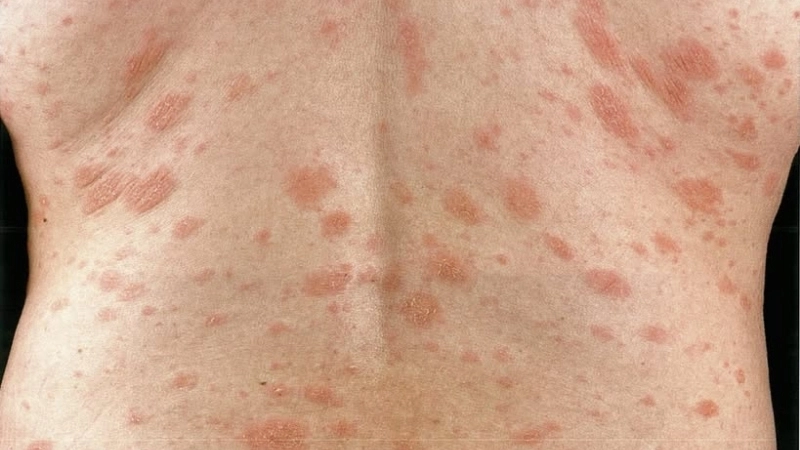



>>>Refer to this immediately: Cervical cancer symptoms every woman should never ignore
Early recognition and proper care of Pityriasis Rosea can reduce discomfort and prevent complications. Consult a dermatologist if symptoms worsen or persist beyond usual recovery time.


